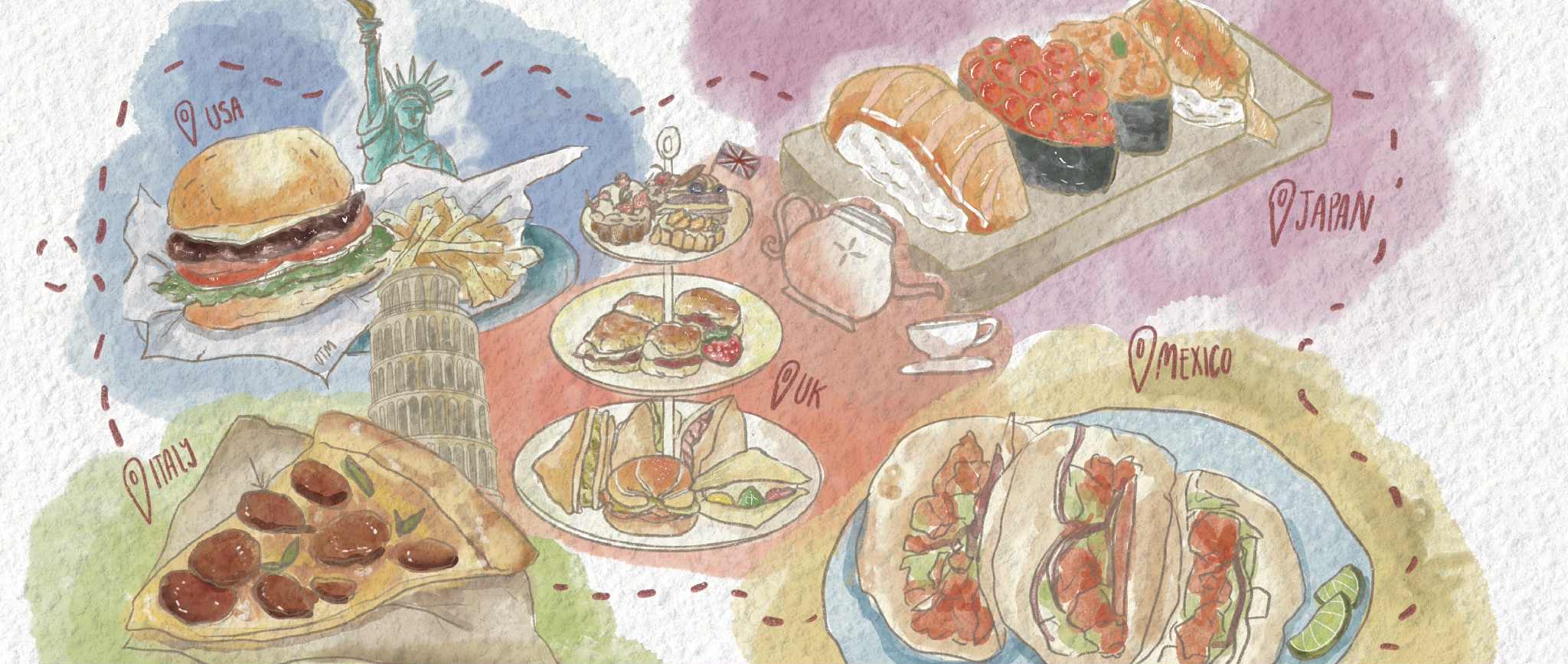UC Santa Barbara organizations are hosting a variety of Earth Day events open to the community throughout this week, showing how individual sustainability efforts can help protect the environment and the planet.

Students said they were inspired to volunteer by members of their community who shared their conservation passions. Maggie Burt / Daily Nexus
Earth Day’s origins can be tied back to Santa Barbara, when in 1969 a massive oil spill occurred right off the coast. This led U.S. Senator Gaylord Nelson to visit the spill site and become inspired to establish the first national Earth Day on April 22, 1970.
Butterfly Conservation Club
Nestled between El Colegio Road and Harder Stadium lies the UCSB Garden Project, a small plot of land filled with flora, critters and an ecosystem run by active student volunteers and Butterfly Conservation Club members hoping to turn the celebration of Earth into an everyday essential.
The Butterfly Conservation Club hosts events once or twice a quarter and tries to align them with holidays like Earth Day. The club is “trying to convey that Earth Day should be every day,” according to fourth-year classics and communication double major Isabella Walker, the founder and president of the club.
“The big thing we are doing is planting pollinator gardens and upkeeping these gardens for the migrating endangered butterflies of Goleta,” Walker said.
On April 19, multiple volunteers suited up with gloves, pitchforks and shovels to begin clearing out a new plot of soil, fresh for planting. The students dug up old invasive plants and replaced them with native pollinators, like milkweed and various wildflowers. These flowers will serve as stops for migrating butterflies. Walker said the flowers will host species such as swallowtail butterflies, gulf fritillaries, painted ladies and monarchs.
Students said they were inspired to volunteer by members of their community who shared their conservation passions. Second-year global studies major Sarah Strasberg joined because of her friend’s enthusiasm about the club.
“I didn’t even know this garden existed. I live really close to it in Isla Vista and it’s cool to know that there’s a whole space out there,” Strasberg said.
Walker said that the shifting political environment is making this year extremely important for conservation efforts.
“The U.S. administration is slashing the Endangered Species Act, removing many protections. So we are trying to show that by planting gardens, we can help with habitat protection. We can do this [conservation] ourselves, as a community and as an individual,” Walker said.
Last week, the U.S. Fish and Wildlife Service and National Marine Fisheries Service proposed a change to redefine “harm” as “an act which actually kills or injures wildlife,” instead of an act “to harass, harm, pursue, hunt, shoot, wound, kill, trap, capture, or collect, or to attempt to engage in any such conduct.”
Walker said small spaces dedicated to the planet are needed more than ever, especially in areas being quickly urbanized.
“All of the butterflies are being threatened right now due to the urban development going on in the Goleta and Santa Barbara regions,” Walker said.
The Butterfly Conservation Club hopes to inspire community members to get outside and enjoy nature while also helping the environment, according to member and UCSB alum Matt Howard.
“It is just nice to be able to get out in nature and do things that feel helpful for the environment,” Howard said. “All you need is a little local garden to get involved.”
Edible Campus Program
The Edible Campus Program hosted its Health, Nature and Wellbeing program on April 21. This organization invited students to build their own terrariums to foster the idea of making positive changes for themselves and the wider environment.
The Student Resource Building’s Multipurpose Room was filled with around 20 participants seated at tables that had terrarium building supplies like soil, moss, pebbles and wood. Students chatted amongst themselves while showing off the terrariums they were creating. They were also provided with materials like colorful ribbon, beads and charms to give their ecosystems a personality unique to them.
“[I] liked being able to make a natural ecosystem that had my personality,” second-year political science major and student participant Neha Kumaran said.
First-year environmental studies major and event intern Delmi Lipe said this event took around a week to plan, although the idea had been in the organizers’ minds for a while. She believes it is important to take time and attend events like this to celebrate Earth and evaluate our place in it.
“I think Earth Day can be a little underrepresented, so this is just an opportunity to think about our actions, how everything we put in [to terrariums and our environment] has a larger effect,” Lipe said.
A version of this article appeared on p. 6 of the Apr. 24, 2025 edition of the Daily Nexus.




















